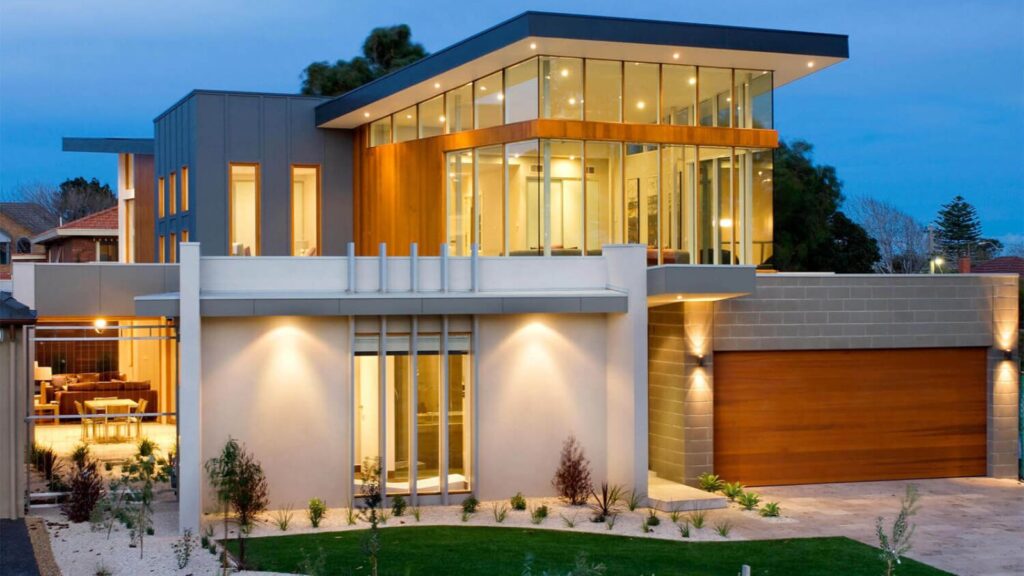From skyscrapers that pierce the clouds to museums that redefine our understanding of space, these architectural marvels are more than mere buildings. They’re symbols of progress, embodying the spirit of innovation and creativity that drives our civilization forward.
Each one tells a unique story, showcasing the vision of its architects and reflecting the culture and values of the society it’s part of. As we delve into the world of Modern Architectural Wonders, prepare to be inspired by these extraordinary feats of design and engineering.
Modern Architectural Wonders
In the realm of modern architecture, towering skyscrapers have become symbols of human ambition. They’re not just office spaces anymore, but they are defining city skylines around the globe. Architects and designers challenge the laws of gravity, creating structures that dwarf everything else in their surroundings.
Among these skyscrapers, a few stand out for their innovative design, sustainability criteria, and technological advancements. For instance, the Burj Khalifa in Dubai, which stretches a staggering 828 metres high and holds the record for the tallest structure and building in the world since 2010. Up north, China’s Shanghai Tower, at 632 metres, impresses with its twisted form, a layer in its design that reduces the wind loads on the building.
However, skyscrapers aren’t just about breaking height records. They’re also pushing boundaries in sustainable design. The One World Trade Center in New York, with its 541 metres, is a symbol of resilience and an example of a building with a high sustainability score. It utilises renewable energy, consumes water efficiently, and capitalises on natural light.

Museums as Architectural Masterpieces
Continuing on from our discussion of skyscrapers, let’s now direct our spotlight toward another category of structures: Museums. Museums have transitioned beyond their static roles as treasure houses of history and culture. Today, they’re just as much about the experience they offer through their architectural finesse.
Consider the Guggenheim Museum in Bilbao, Spain, an epitome of avant-garde architecture. Renowned architect, Frank Gehry’s spectacular design is an artwork itself, blending seamlessly with the masterpieces it houses. Hailed as “the greatest building of our time” by renowned architect Philip Johnson, it’s an indisputable symbol of Bilbao’s transformation and, by extension, the transformative power of architecture.
Not far behind is San Francisco’s de Young Museum. A benchmark in sustainable design, this museum incorporated indigenous plants and recycled materials in construction. Architectural firm Herzog & de Meuron not only designed a building of aesthetic merit but also showcased how sustainability could be incorporated in design, even in structures of historic significance.
In the east, we have the National Museum of Qatar. Designed by Jean Nouvel, it’s inspired by the “desert rose,” a natural occurrence in the region’s desert landscape. This museum is not only a statement of Qatar’s ambitious cultural vision but also a standout piece of architecture.

Iconic Bridges Connecting Cultures
Bridges have a peculiar place in architecture. More than being mere functional constructs, bridges connect cultures, serve as national landmarks, and often represent technological marvels.
Consider the success of the iconic Golden Gate Bridge in San Francisco. When the bridge opened to the public in 1937, it wasn’t just an engineering marvel, but also a symbol of hope during the Great Depression. Since then, it’s become a cultural icon, effortlessly marrying form with function.
Moving over to Europe, the Tower Bridge in London takes centre stage. This masterpiece, completed in 1894, stands as an architectural symbol of the city. It’s not a mere crossing over the River Thames, but a fusion of Victorian Gothic and industrial design, celebrating the city’s rich history and forward-thinking spirit.
Asia, too, hosts several iconic bridges. An example is Japan’s Akashi Kaikyō Bridge, the world’s longest suspension bridge. Besides its massive span of 1,991 metres, the bridge witnesses an artistic interplay of structure and style.
Technological Innovation and Sustainability in Bridge Design
From a sustainability standpoint, bridge designs have seen significant evolution. Solar-powered bridges are a prime example. The Dragon King Kong Bridge in China, the world’s first solar-panel-equipped bridge, is a testament to this sustainable shift.
